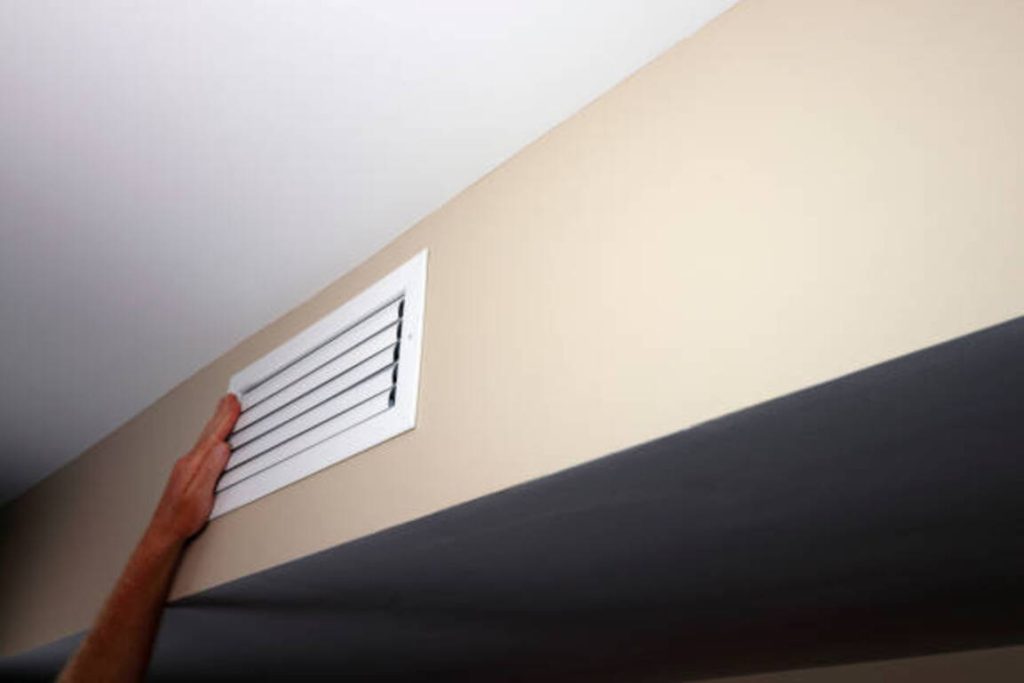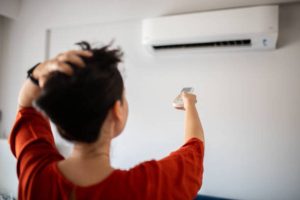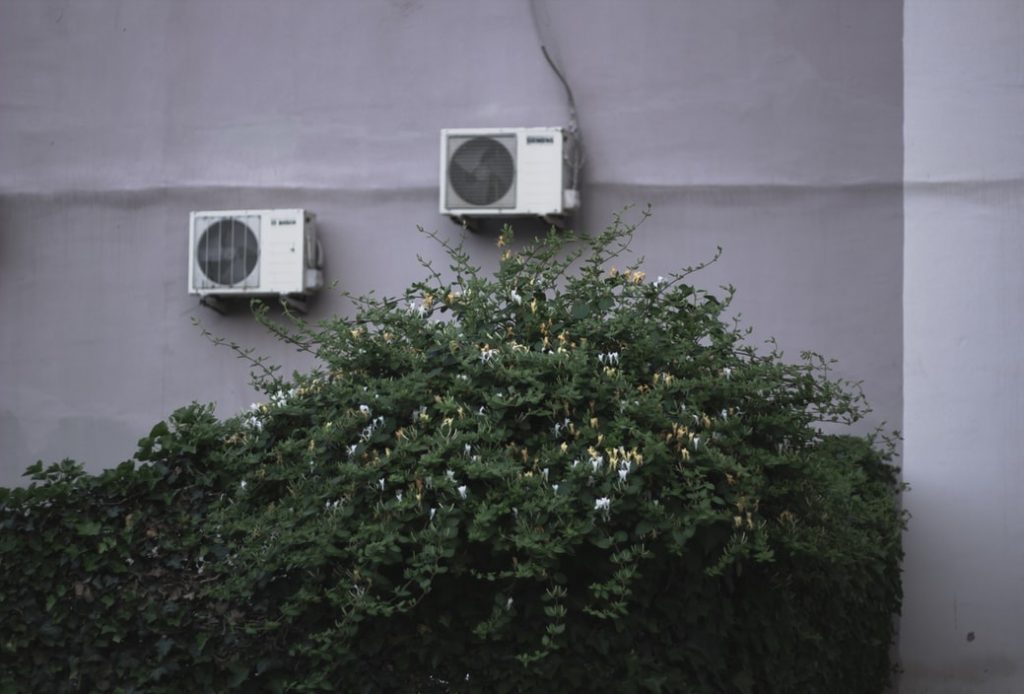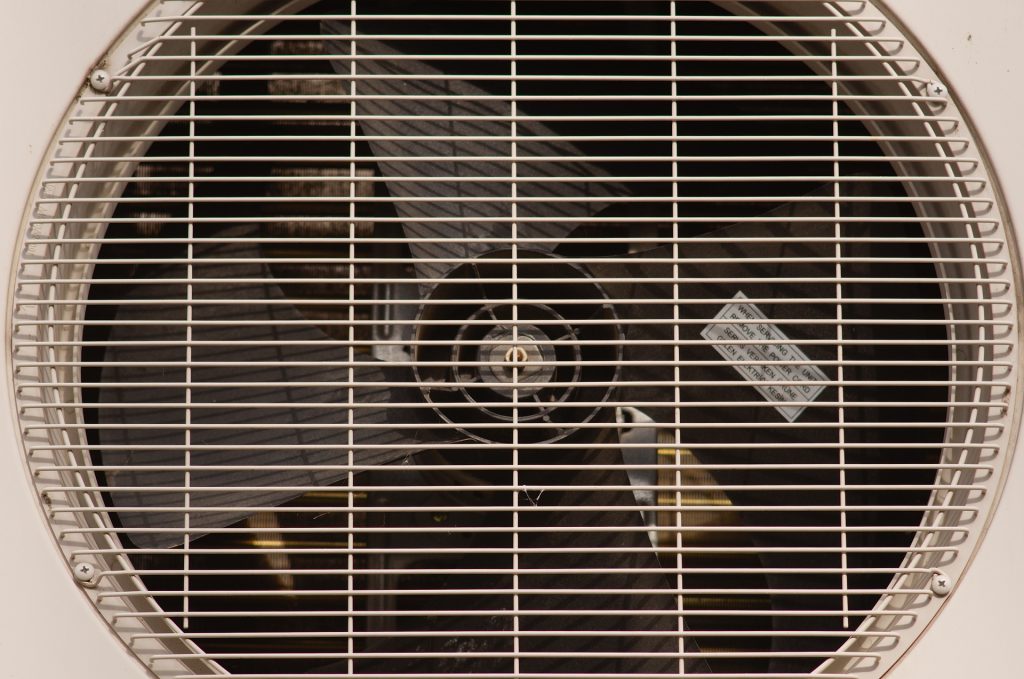The temperature from one room of your home to another can fluctuate due to a variety of factors. One solution to this problem that is erroneously used by homeowners is closing air vents in rooms that are too warm or cold. Let’s talk a bit more about why a closed air vent isn’t a good solution and how proper air balancing can solve your issues.
Does Closing Air Vents Help Cool Other Rooms?
First of all, it is important to understand how heat and air flow in a house. Air is typically distributed through HVAC systems using a combination of supply vents, which release cool or warm air, and return vents, which take in air and circulate it back through the system. The goal is to achieve a balanced and consistent airflow throughout the house, which is the key to maintaining a comfortable temperature.
So, does closing vents redirect air?
The common misconception is that closing off the supply vents that release cool or warm air will automatically redirect that airflow to other rooms. The truth is that closing supply vents may create even more issues. When a vent is closed, it disrupts the airflow balance. This can lead to a buildup of pressure in the ductwork, which can cause leaks or even damage to the system.
Closing vents can also reduce the efficiency of the HVAC system. The system is designed to work with a certain amount of airflow, and closing vents can cause the system to work harder to maintain the desired temperature. This can lead to increased energy costs and system failures.
What Causes Hot and Cold Spots?
There can be many causes for hot and cold spots in your home. Here are some of the most common ones. Instead of asking if closing vents redirect air, ask yourself if one of the issues below might help solve your problem.
Poor Insulation
Insufficient insulation can cause temperature fluctuations in a room. If heat is escaping through the walls or ceiling, it can create cold spots. Conversely, if heat is trapped in certain areas, it can create hot spots.
Air Leaks
Air leaks around windows, doors, and other openings can cause temperature imbalances in a room. In winter, cold air can seep in through gaps, and warm air can escape, creating cold spots. In summer, warm air can seep in and cold air can escape, creating warm spots.
Thermostat Placement
The location of the thermostat can also impact temperature balance. If the thermostat is located in a particularly warm or cool area of the house, it may not accurately reflect the temperature in other areas. If placed too close to an appliance that puts off heat or near a sunny window, it can throw off temperature sensors.
Uneven Airflow
If the HVAC system is not distributing air evenly throughout the room, it can create hot and cold spots. This can be caused by several factors, such as blocked vents or ductwork that is too small or damaged.
Correcting Uneven Airflow
How can you correct hot and cold spots the right way? The solution will depend on the underlying cause of the problem. Here are some practical solutions:
Improve Insulation
If poor insulation is causing temperature imbalances, adding insulation to the walls or ceiling can help. This can help keep heat in during the winter and out during the summer.
Seal Air Leaks
Sealing air leaks around windows, doors, and other openings can help prevent air from escaping or entering the room. This can help maintain a more consistent temperature throughout your home.
Adjust Thermostat Placement
If the thermostat is not accurately reflecting the temperature in the room, it may need to be repositioned. Ideally, the thermostat should be located in a central area of the room, away from windows and other potential sources of temperature fluctuations.
Regular HVAC Maintenance
Scheduling regular maintenance for your HVAC system can help prevent issues and ensure that it’s working efficiently. This may involve cleaning vents, replacing filters, and checking for leaks or other problems.
If you’ve been dealing with inefficient cooling at home even after multiple service appointments, then maybe it’s also time to consider getting an upgrade with these types of energy efficient AC units.
Ceiling Fans
Ceiling fans can help distribute air throughout the room, creating a more consistent temperature. In the summer, they can help circulate cool air, while in the winter, they can help distribute warm air.
Window Treatments
Using curtains or blinds can help regulate the amount of sunlight that enters a room. This can help prevent hot spots caused by direct sunlight, while also providing insulation to keep heat in during the winter.
Balance Airflow
Ensuring that the HVAC system is distributing air evenly throughout the room is critical to maintaining a comfortable temperature. Airflow balancing can help improve the problem.
What is Air Balancing?
Does closing vents redirect air is a common question and the answer is no, but air balancing can fix the problem. If you’ve exhausted other measures and are still experiencing hot and cold spots, you may want to have air balancing completed. Air balancing is the process of adjusting the airflow in your HVAC system to ensure that it is evenly distributed throughout your home.
The air balancing process typically involves these key steps:
- Assessment: The first step in air balancing is to assess the current airflow in your home
- Adjustments: Make adjustments to the system and dampers to improve airflow.
- Testing: Test the system again to ensure that the airflow is balanced and consistent.
- Documentation: The HVAC technician will document the results of the air balancing process for future reference.
So, as we head into spring and summer and you begin to ask yourself if closing vents redirect cold air, remember that this isn’t as simple as it seems and will create more issues for you. A better solution is to address any issues that might be causing hot or cold spots and if you can’t make adjustments that correct your problem, seek help from our air balancing experts.
While you can perform air balancing yourself, a qualified HVAC technician possesses the tools and equipment to do more accurate measurements and testing that will give the best results. If you feel you need air balancing done in your home, get in touch with us for assistance.














